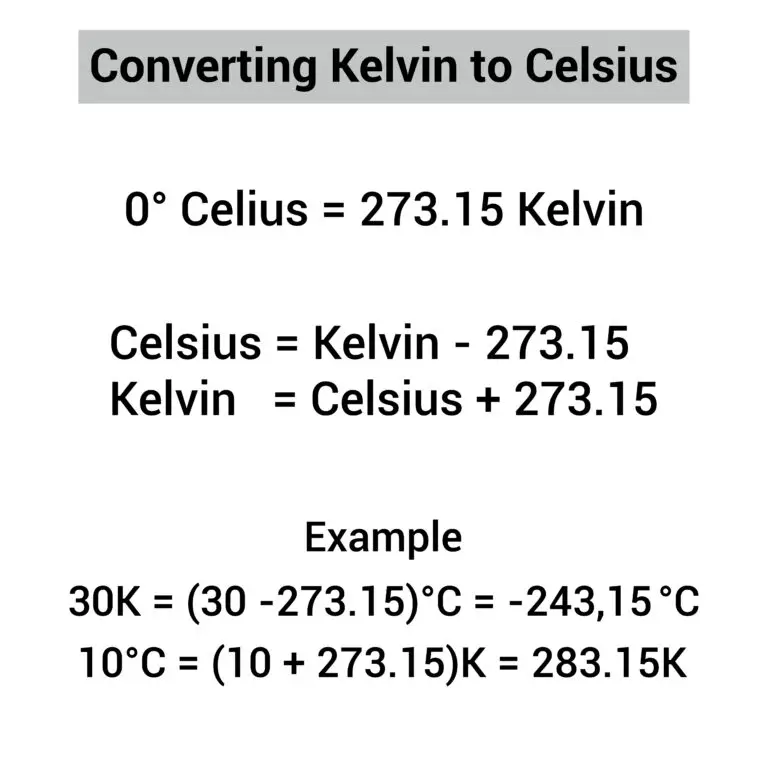Temperature

Table of Contents
What is Temperature?
Temperature is a physical property that quantifies the level of heat or cold in an object or system, representing the average kinetic energy of the particles within it. These particles, such as atoms or molecules, are in constant motion, and the speed of this motion determines the temperature: faster particle movement corresponds to higher temperatures, and slower movement corresponds to lower temperatures.
As a scalar quantity, temperature does not have direction, only magnitude, making it a straightforward measure of thermal energy. It helps differentiate between hot and cold and assess a system’s thermal state or environment.
In terms of measurement, the International System of Units (SI) uses the Kelvin (K) scale, where zero Kelvin (0 K) represents absolute zero, the theoretical point where particles have minimal thermal motion. However, temperature is often measured in degrees Celsius (°C) for everyday purposes, especially in scientific, meteorological, and domestic contexts. In the Celsius scale, the freezing point of water is 0°C, and the boiling point is 100°C under standard atmospheric conditions.
Temperature Scales
Celsius Scale (°C)
he Celsius scale, denoted as °C, is a temperature scale that is based on two reference points: the freezing point and the boiling point of water at sea level, which are set at 0°C and 100°C, respectively. This scale is a part of the metric system and is used extensively around the world for most temperature measurements in daily life, as well as in scientific and industrial contexts.
In the Celsius scale, each degree is one-hundredth of the interval between the defined freezing and boiling points of water. This makes it a decimal and relatively easy-to-use system for measuring temperature. The scale is named after the Swedish astronomer Anders Celsius, who first proposed a similar system in the 18th century.
Kelvin Scale (K)
The Kelvin scale (K) is an absolute temperature scale used primarily in scientific and engineering fields. On this scale, 0 K (absolute zero) represents the theoretical temperature at which particles have the least possible thermal motion. Absolute zero is where the fundamental particles of nature have minimal vibrational motion, essentially coming as close to a complete stop as the laws of physics allow.
Unlike the Celsius and Fahrenheit scales, where temperatures can have negative values, the Kelvin scale sets absolute zero as the lowest possible temperature, meaning there are no negative numbers on this scale. This characteristic makes the Kelvin scale particularly useful for scientific calculations and studies involving thermodynamics, physics, and chemistry, as it provides a consistent and absolute reference for temperature measurements.
The Kelvin scale increments are the same size as those on the Celsius scale, meaning a change of one degree Celsius is equivalent to a change of one Kelvin. However, the scales start at different points: 0°C corresponds to 273.15 K. the freezing point of water, 0°C, is 273.15 K, and the boiling point of water, 100°C, is 373.15 K on the Kelvin scale.
Fahrenheit (°F)
The Fahrenheit temperature scale is another way to measure temperature, using different reference points than the Celsius scale. It is commonly used in the United States and some other countries.
On the Fahrenheit scale, water’s freezing point is 32 degrees Fahrenheit (°F), and its boiling point is 212°F under standard atmospheric conditions. This means there are 180 degrees Fahrenheit between the freezing and boiling points of water, compared to 100 degrees, separating the same points on the Celsius scale.
Temperature Scales Conversion
Celsius to Kelvin
To convert a temperature from Celsius to Kelvin, you add 273.15 to the Celsius temperature. This is because 0°C corresponds to 273.15 K, reflecting the absolute zero point on the Kelvin scale. The formula is:
K=\text{\textdegree C} + 273.15
Kelvin to Celsius
To convert Kelvin to Celsius, you subtract 273.15 from the Kelvin temperature. This operation reverses the previous addition, effectively adjusting for the difference between the zero points of the two scales. The formula is:
\text{\textdegree C}= K- 273.15
Fahrenheit (°F) to Celsius (°C)
To convert Fahrenheit (°F) to Celsius (°C), you can use the formula:
Heat and Temperature
Heat is a form of energy transfer between objects or systems due to their temperature difference. It naturally flows from the warmer object (higher temperature) to the cooler object (lower temperature) until both objects reach the same temperature, a state known as thermal equilibrium. Heat can be transferred through various means, such as conduction (direct contact), convection (fluid movement), and radiation (electromagnetic waves).
Temperature, conversely, is a measure of the average kinetic energy of the particles in a substance. It indicates how hot or cold an object is but does not quantify the total energy contained within the object. Temperature is a fundamental property that influences the state of matter (solid, liquid, gas) and the rate of chemical reactions.
While heat is measured in energy units like joules or calories, temperature is measured in degrees (Celsius, Fahrenheit, or Kelvin).
Temperature Conversion Calculator
Instructions: Input the temperature and scale of the number to be converted.
Related Links
Abiotic Factors
Convection
Energy
Heat